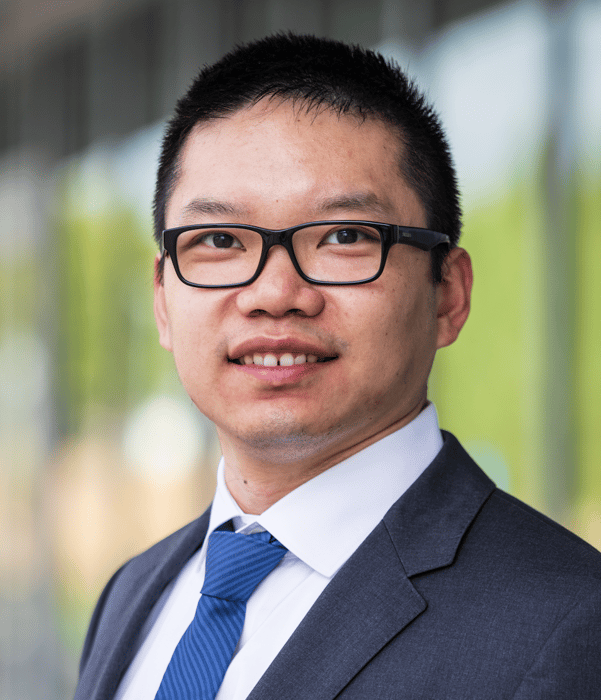The University of California, Merced (UC Merced), a minority-majority campus, has rapidly become a productive research university with a promising future. UC Merced educates a diverse student body, with 58% Hispanic students, 74% first-generation college students, and 63% Pell grant recipients. The University of Washington (UW) is a renowned public research-intensive university with extensive infrastructure for nanofabrication, characterization, and hybrid research/training labs.
Through the Venture for Innovation in Self-assembly and Integration of Optoelectronic Nanostructures (VISION) Partnership for Research and Education in Materials (PREM) between UC Merced and the UW-led NSF Center for Integration of Modern Optoelectronic Materials on Demand (IMOD), an NSF Science and Technology Center (STC) involving 12 universities, UC Merced students gain access to facilities, expertise, and mentorship nationwide.
VISION aims to cultivate student potential in STEM through enriched research opportunities, scientific collaboration, pedagogical development, and inclusive mentoring; it seeks to broaden nano- and quantum materials literacy at all educational levels; and in its seed phase, initiate and develop opportunities for K-14, undergraduate, and graduate students. VISION strives to create broader educational pathways for UC Merced's student body and broaden participation and engagement opportunities for IMOD institutions, via reciprocal visits and regular interactions. Additionally, VISION intends to design educational and outreach activities to inspire K-14 students and equip their teachers to incorporate modern materials science and engineering into their curricula.
VISION aims to create a synergistic environment for research, education, and professional development, guided by best practices for broadening participation and transitioning students into successful careers. By leveraging complementary expertise and infrastructure between IMOD and UC Merced, this PREM Seed project seeks to advance the understanding of material science and engineering approaches to translate established quantum opto-electronic principles into semiconductor nano-architectures with wide operational range.
To this end, in its seed phase VISION focuses on precisely organized solid state quantum emitters, such as colloidal quantum dots arranged into one-, two-, and three-dimensional assemblies via DNA templating. To validate functionality and robustness of quantum properties, these structures will be tailored and assessed for quantum light generation and light manipulation. The knowledge gained with such nanostructures that cross materials classes will contribute to the development of economically feasible quantum materials-based devices with the potential for integration with, or applications in monitoring biomedical, life and environmental systems.
In regard to education and professional development activities, VISION will 1) promote culturally responsive mentoring to enhance retention and degree completion among students from underrepresented minorities; 2) develop curriculum that integrates research and pedagogy, producing authentic contextualized materials for K-14; and 3) develop a bachelor's/master's pathway in quantum materials, leveraging IMOD-developed quantum course materials and IMOD expertise in experiential learning methodologies known to broaden participation in PhD programs, and boosting undergraduate retention. Research and educational findings will be jointly disseminated to the public.








